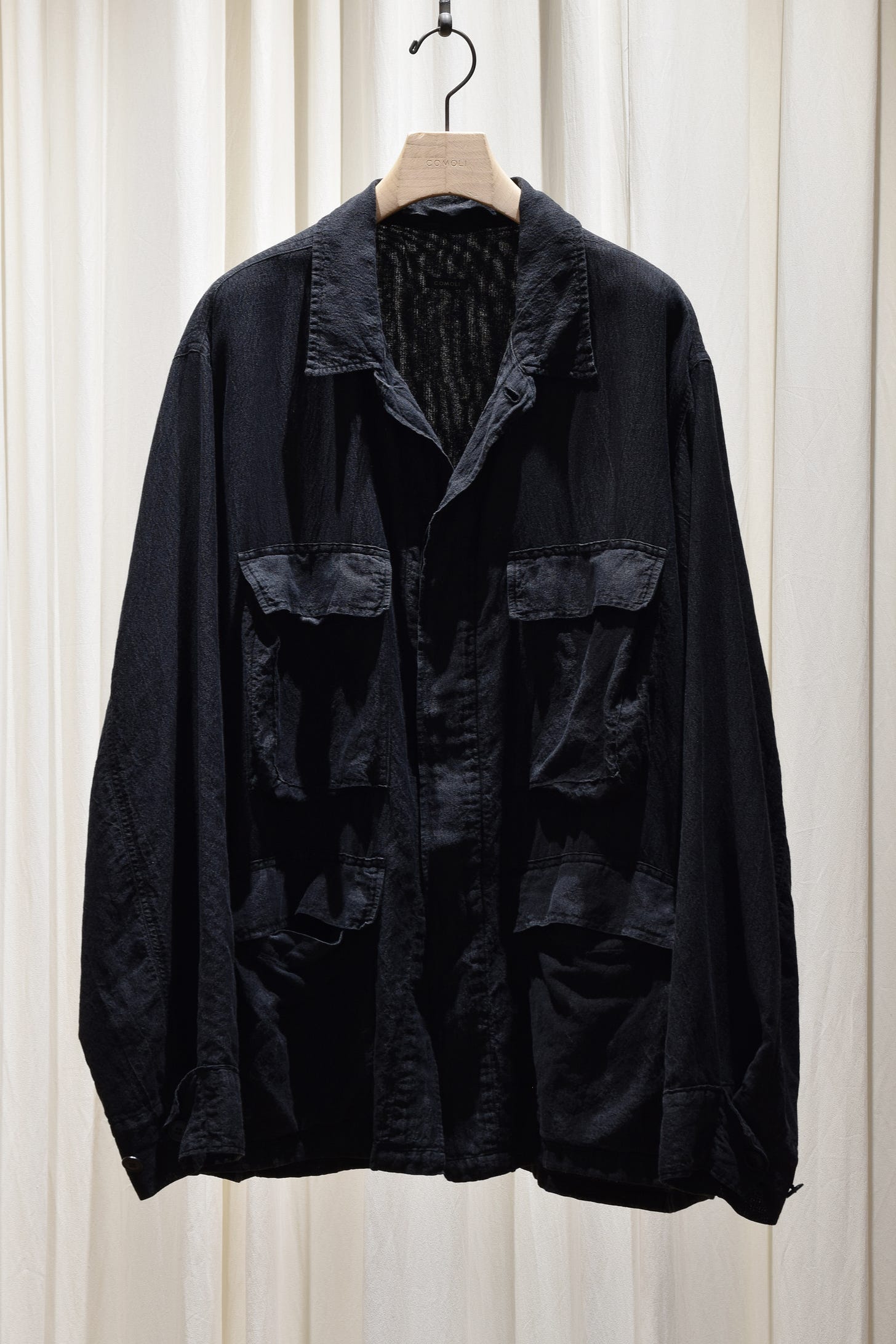Fashion is a strange world — one to which many of the basic laws of physics don’t apply. That’s probably why some kind of magic can take place there, every once in a while. What goes up must come down. False! Energy can neither be created nor destroyed, only altered in form. Think again, thermodynamicist. A shadow exists because of light, as an absence in a place the light cannot reach. Or so they say.
It’s exactly the other way around in fashion, of course. All creative directors are able to do what they do because of the invisible teams behind them. 99% of the clothes people buy and wear are made from materials, at places, and by people no one ever sees. Most of the brands you’re into have emerged because there are at least ten or fifteen stores worldwide that decide to stock them, and behind this decision are buyers — none of whom you’ll likely ever meet — who believe in what they do.
One of the most forward-looking among this coterie is Hampus von Hauswolff, head buyer at Nitty Gritty®. Founded in 1991 as a counter-reaction to the chain stores dominating the center of Stockholm at the time, Nitty Gritty® is an “independent multi-brand retailer” located in Krukmakargatan, a relatively quiet street in the city’s Södermalm neighborhood, not far from Mariatorget. More than superb menswear, there’s also Nitty Gritty® Women, Nitty Gritty® Art in Store — an ongoing showcase of contemporary artists — as well as the young, yet already much praised Nitty Gritty Worldwide clothing line.
As head buyer for several years now, Hampus (and his team) has had a significant hand in the mix of technical outerwear, Italian tailoring, and Japanese style that Nitty Gritty® has become known for. Once selling Fred Perry, Carhartt, and Duffer of St George, today the store’s home to established names like Comme des Garçons, Margaret Howell, Oakley, Salomon, and Stone Island as well as independent labels and emergent names such as A.Presse, Comoli, Evan Kinori, Man-tle, and Oliver Church. Occasionally, they team up with designers to create limited-run Nitty Gritty® exclusives, like a recent deadstock cotton shirt with Conkers that sold out so fast Hampus was too late to buy one for himself.
Recently, Hampus and I sat down to talk about the store, about his job, about what keeps him going, about what’s new in physical and online shopping, about the future of menswear, and about how he manages to work magic and create light from the shadows (my words, not his!). All to have him look at his daily activities from a slightly different perspective (his words, not mine).
As a buyer you constantly have to think about what others will want to wear. It feels fitting to start with your own wardrobe. What’s your go-to piece at the moment? And what do you generally find the most difficult category of clothing?
My spring go-to is an old Yohji Yamamoto Pour Homme jacket, a super simple short zip jacket in a slightly washed and worn cotton twill fabric in black. The details, or the lack of them, really make the jacket. I just got a new Man-tle cap made out of a yarn dyed, enzyme washed cotton fabric that will most likely be my other spring go-to piece.
That would be heavier knitwear, I guess. I have a couple of really wonderful chunky knitted wool sweaters which I try to use as often as possible but I end up getting too warm in most of them, unfortunately. I really enjoy the look and feel of a heavy knitted wool sweater, though. So I’m pretty sure I’ll keep all of them…

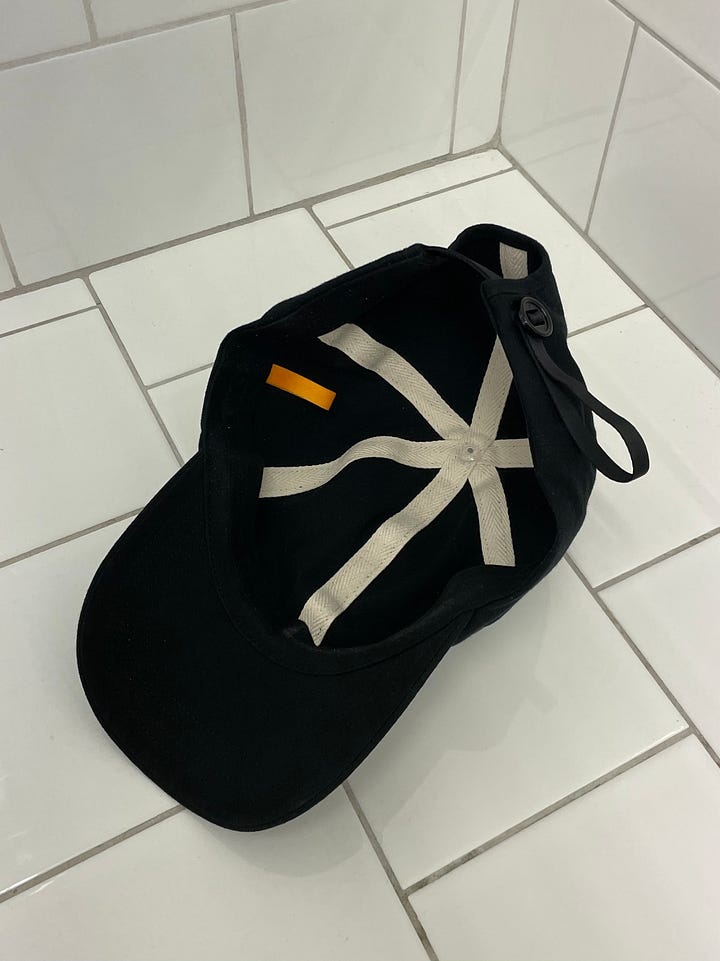
Spring-summer deliveries are arriving at Nitty Gritty as we speak, including items from newly introduced brands. Which items are you most excited about right now?
What always excites me — every season, really — is Comoli. They’ve always been amazing in terms of styles, fits and fabrications. But I think they’re adding more and more variety each season in a very delicate way, which intrigues me. There is a BDU jacket in a faded silk and cotton fabric arriving to Nitty Gritty any day now which I’ve been thinking of ever since placing the order.
We made an exclusive shirt together with the new brand Conkers. It was made from a deadstock striped denim fabric that has been heavily washed to attain a soft texture. It’s really beautiful. Unfortunately, I didn’t manage to get one for myself as they sold out so quickly.
The Japanese brand Footworks was just added to Nitty Gritty’s brand selection. We’re stocking their Tyrol style shoe, crafted from a premium French grained leather, which is fantastic. Their sole unit is sculpted by hand to enhance posture, balance and overall body health.
You’ve been a buyer for some time now. What would you say is different about what you and your customers are looking for in a brand today as compared to when you first started?
I’ve been a buyer for nine years in total now. My retail experience started in this store in Stockholm where I used to work, called Paul & friends. Everything I’ve learned started from working at the shop floor. It was here that I connected with like-minded individuals, gained valuable insights into how a business operates, and came to appreciate the importance of physical spaces and face-to-face interactions. I’ve always tried to approach new brands with a long term mindset. Of course, things don’t always unfold that way once the brand actually arrives in the store. It often comes down to timing, trends, and how reliable the brand proves to be. But that forward looking perspective is something I’ve always valued and strived to maintain.
What do you mean when you say that it doesn’t always work out as planned with a new brand?
The only thing you can be entirely certain of from the start is that you see potential in the brand and their products. There’s a lot of gut feeling and self-confidence going into it. The brand’s vision and identity should be there from the start, so whatever comes next is most likely something interesting. If the person or team behind the brand is present and shares similar values as you do it’s easier. It becomes more of a partnership than just a business, and that makes it much more enjoyable. If something isn’t working, both parties can do their best to improve it.
It sometimes happens that my business mind takes over too much, and I’m gearing towards something I wouldn’t buy into myself, or someone told me to look another way or at something that’s popular at the moment. Another example is when the delivered product fails to meet the quality of the sample, or when a brand becomes more popular over time but it’s product quality declines.
It’s very important to believe in what you buy into, otherwise it will tell one way or another. Thankfully that doesn’t happen very often. That being said, I’m very proud to be part of such an amazing team at Nitty Gritty. It makes everything so much easier.
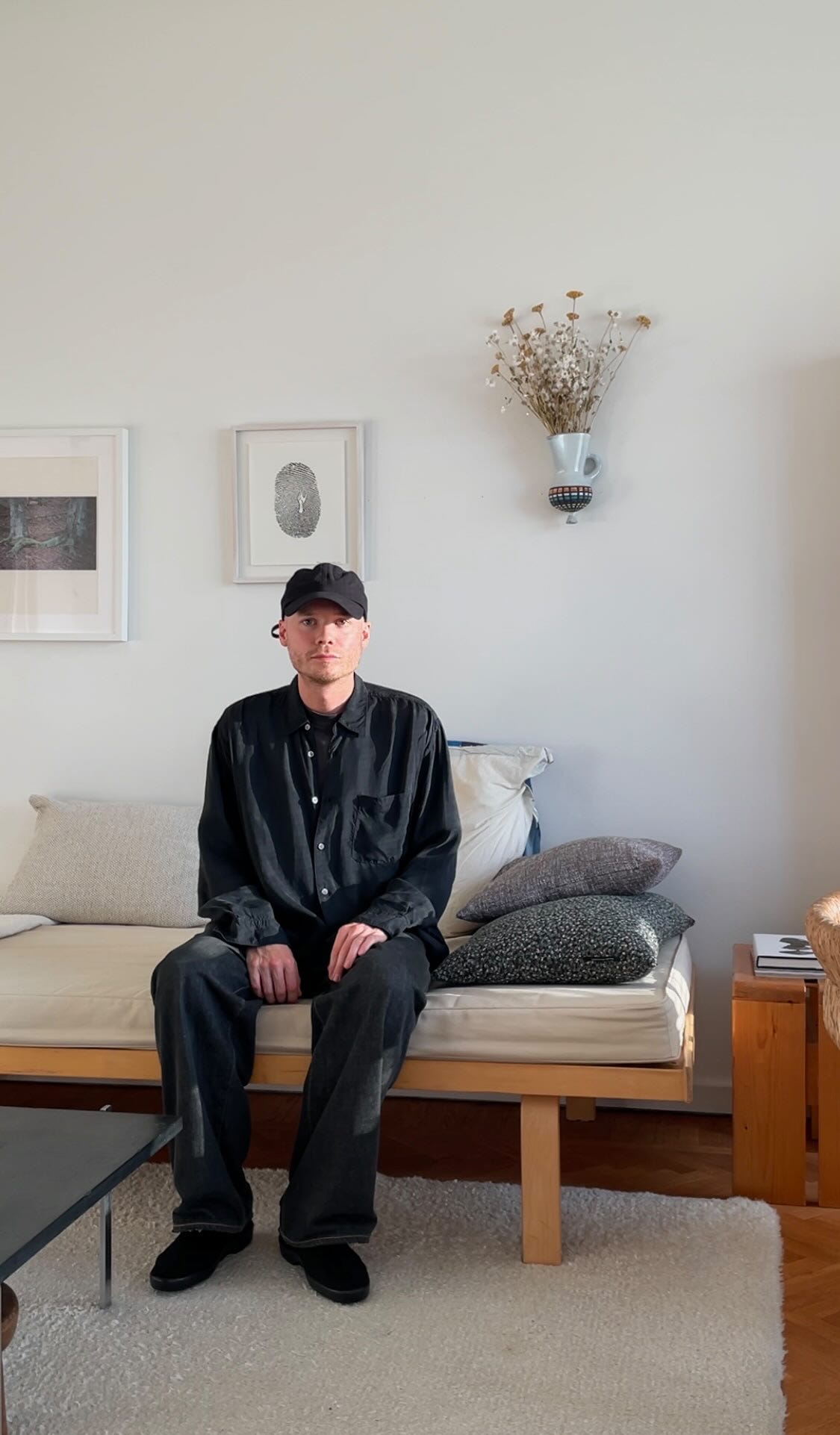
What have been some of the major changes in menswear retail, from your personal perspective?
The big change was and still is the online business. It had been around long before I started working as a buyer, but I think it marks the main shift in how people began consuming clothing. We’ve gotten so used to shopping online that the experience people are searching for now isn’t necessarily about the latest sneakers, the biggest discount, or the most well-known brand. Instead it’s more about finding something you can experience in person, a space with people to talk to, and clothes you can touch and try on. At least that’s what I see happening going forward. People will, of course, always look for a better price, but that’s no longer the main focus. The trends are as present as they used to be, but they’ve switched to something more purposeful and long lasting in terms of how it’s made and how it looks.
Selling products online is still a big part of our business and will surely continue to be so. But I think people are becoming more conscious of what they buy which, in the end, is a good thing. The customer is more educated and the demand for smaller, lesser-known brands is growing. That wasn’t really the case a few years ago. But today everything is so easily accessible.
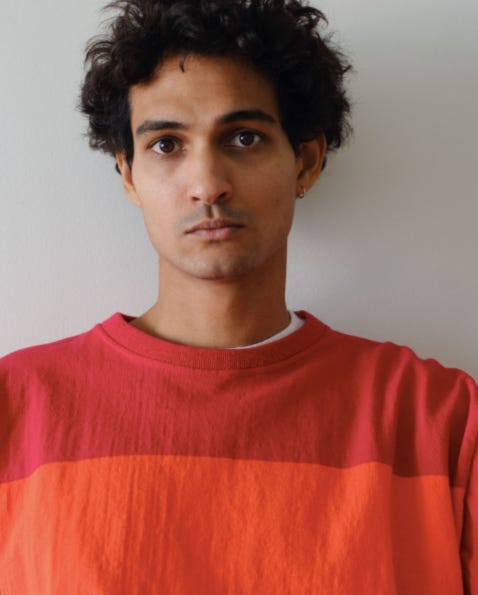



How has this growing dominance of e-commerce influenced your thinking and decision process as a buyer?
I feel like you need to find a way to show pieces that don’t really come through online. Editorials are excellent and, by presenting the items in a new and inspiring way, play a big role in making them sell better. Some product categories, like sneakers for example, are mainly for our online customer. Things have definitely evolved throughout the years as some brands and collaborations have gained a huge international awareness, yet in Sweden not so much. Many of the brands we carry have a devoted, almost cult-like following globally. That level of awareness isn’t always reflected locally. It’s something I keep in mind when buying a season in advance. But even some of the lesser known brands can be difficult to keep in stock nowadays because of our loyal, curious customers.
And what’s next for menswear retail, you think?
Looking forward, I believe we’re definitely on the right path. People are placing greater value on clothing that’s wearable, well made and meaningful in terms of quality, rather than chasing short term hypes. Brands with a strong identity and clear personality will continue to thrive, while the rest will likely fade away. The beauty of clothing is how it makes you feel. That’s what you want of the clothing you buy into, whether you want to look good for yourself or somebody else. The importance is what you want to wear, not what it is.
You’re dealing with clothes every single day. I’m sure they occasionally appear in your dreams. What keeps you going and excited as a buyer?
What excites me is when you discover a brand like Auralee. It’s a great example of real brand evolution in modern times. They still make products as good as they always have, but what keeps it interesting is how they continue to develop their collections and the pieces they release. I’ve two items I bought in Tokyo back in 2017 that I still wear frequently to this day. It’s really exciting to discover a brand like this or when you notice the greatness from the start, as in the case of A.Presse, Conkers, Comoli, Evan Kinori, Oliver Church, Lady White Co. and Man-tle, to mention just a few names. It’s important to have the courage to take a chance on new brands from time to time. To build a unique and engaging selection for the customer, the people behind the brand, and for yourself.
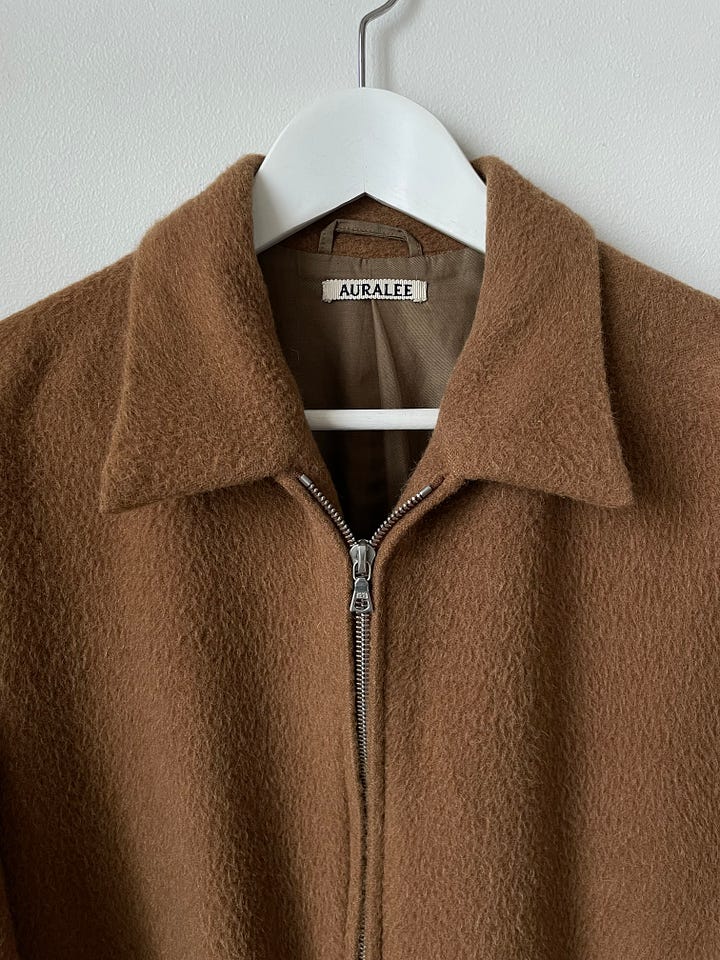
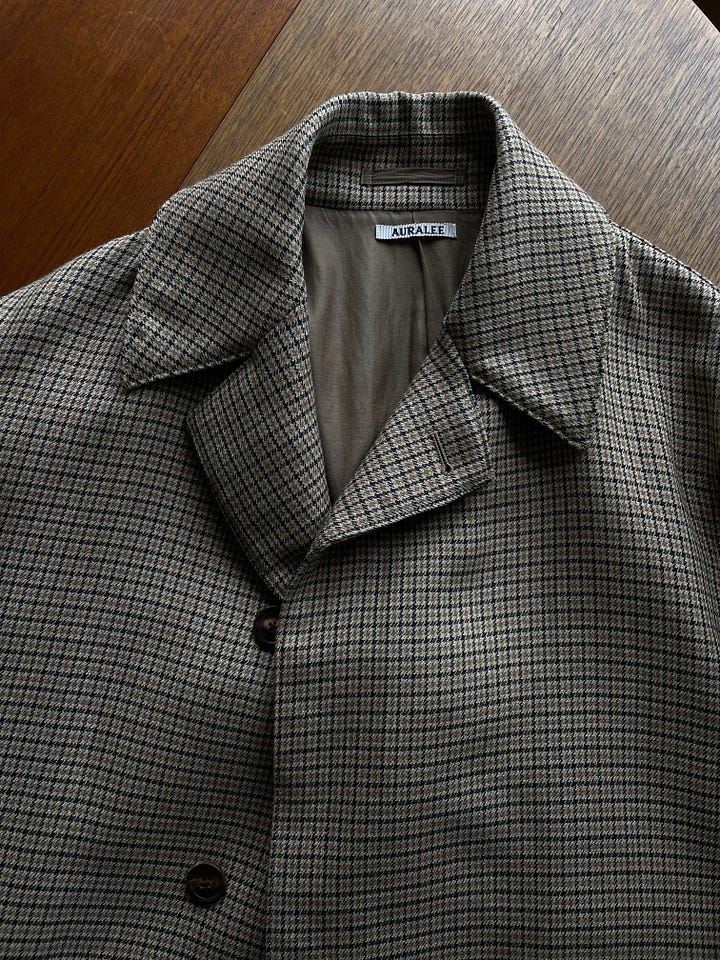
A lot of what I do comes down to staying curious, to wanting to learn and grow through the work you do. For me it’s also a genuine interest. I’m always eager to discover new things that excite and inspire me. It’s everything from reading newsletters and talking with people in the industry that you trust to traveling to new places or someone reaching out via email. The internet and social media definitely have made it easier than ever to explore. It helps a lot. But of course, nothing compares to the feeling of discovering something entirely new in person.





